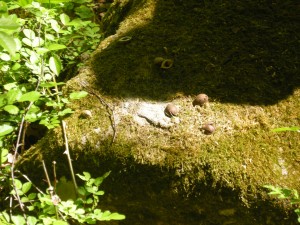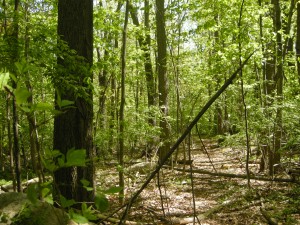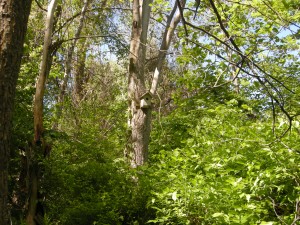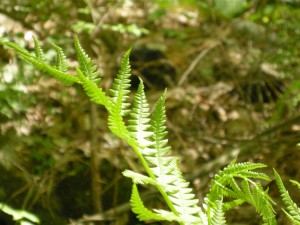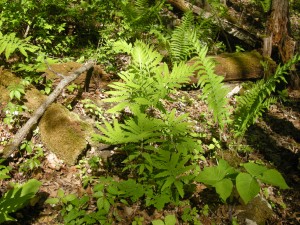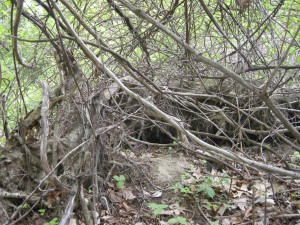I saw a nut lying on a rock so I took a picture of it and showed it to my teacher. She said it was a Shagbark Hickory nut. It was cracked open so maybe a squirrel ate it. The bark on the tree looks shaggy. Also Shagbark hickory trees can grow to be 100 feet tall!
